Create a system for vaccine screening and scheduling
- Patient screening
- Health questionnaires
- Patient registration
- Patient consent
- Schedule management
- Combined forms
Healthcare providers are rolling out the new COVID-19 vaccine, but delivering millions of doses in such a short time is a massive undertaking. Vaccination scheduling is a critical component in making sure the process is efficient, while vaccination prescreening helps healthcare providers determine who’s eligible to receive the vaccine.
Understanding the availability of vaccines
The ultimate goal is to make vaccines available to as many people as possible, helping to build herd immunity and end this pandemic.
Since there currently aren’t enough doses, the government is taking a phased approach to vaccination — with high-priority individuals, such as healthcare workers, people over the age of 65, and other categories of high-risk individuals, receiving the initial doses.
As more doses become available, the hope is that people of all ages and health conditions can receive these critical injections in the coming months.
Coordinating vaccine distribution
The Centers for Disease Control (CDC) has made recommendations for how state health officials should administer the vaccines to residents, but the responsibility of scheduling vaccine appointments and administering the shots falls on counties and medical institutions.
Healthcare providers must maintain the proper temperature for vaccines and ensure all available doses are distributed within a narrow window of time — before the vaccines expire. This is a complicated process.
So how can healthcare providers ensure they deliver the vaccinations effectively? The key to success is putting systems in place for vaccine screening and scheduling as well as for prioritizing the people who can receive the doses first.
Creating a system for vaccine screening and scheduling
A semiautomated, digital system helps reduce the spread of COVID-19 by limiting in-person interactions between patients and healthcare providers. Plus, it can help your team manage appointments, track the doses, and monitor follow-up visits as needed.
Here are a few essential elements to include in your vaccination screening and scheduling system:
- Patient screening. Use forms to gather patient information, such as age, high-risk conditions, history of COVID-19, pregnancy, potential allergies, occupation, and other applicable information. This screening checklist can help identify contraindications to vaccines. The CDC has a prevaccination screening form you can use. Jotform’s COVID-19 vaccine prescreening form can help simplify the process — it gives you the ability to gather the information digitally.
- Health questionnaires. It’s important to conduct health screenings to identify potential signs of an active COVID-19 infection. You can use one of Jotform’s premade templates, such as this screening checklist for employees and visitors or this coronavirus screening form.
- Patient registration. You can collect personal information about the patient’s contact information, insurance coverage, and other administrative details. Check out this COVID-19 vaccine registration form for a template you can easily customize to suit your needs.
- Patient consent. As with any other medical treatment, patients must know the vaccine’s potential risks and side effects. It’s essential for patients to complete consent forms and liability waivers before you administer the vaccine.
- Schedule management. You need a streamlined way to book patients for vaccination appointments. You can use this appointment booking form or this appointment request form, or you can find another appointment form template that meets your needs.
- Combined forms. Consider using an integrated approach to your vaccine prescreening and scheduling system by combining multiple forms in one step using a COVID-19 vaccine appointment scheduling and consent form.
If you create a streamlined system for vaccination scheduling now, you can maintain a smooth workflow that will keep your healthcare team organized.
Maintaining HIPAA-friendly
Since you’ll be collecting protected health information (PHI) from patients, it’s critical that you follow all Health Insurance Portability and Accountability Act (HIPAA) requirements. Every health provider needs to meet specific privacy and security standards to protect the safety of PHI.
At Jotform, we’re proactive about offering HIPAA-friendly solutions. Not only do we provide HIPAA-friendly services for the healthcare industry, but covered entities can request a signed business associate agreement (BAA). This formal agreement must be in place before using Jotform to collect and manage PHI. When you use Jotform and follow HIPAA regulations, you can be confident that the data you collect stays secure. Jotform offers HIPAA-friendly forms and streamlined data management systems to support your medical practice.

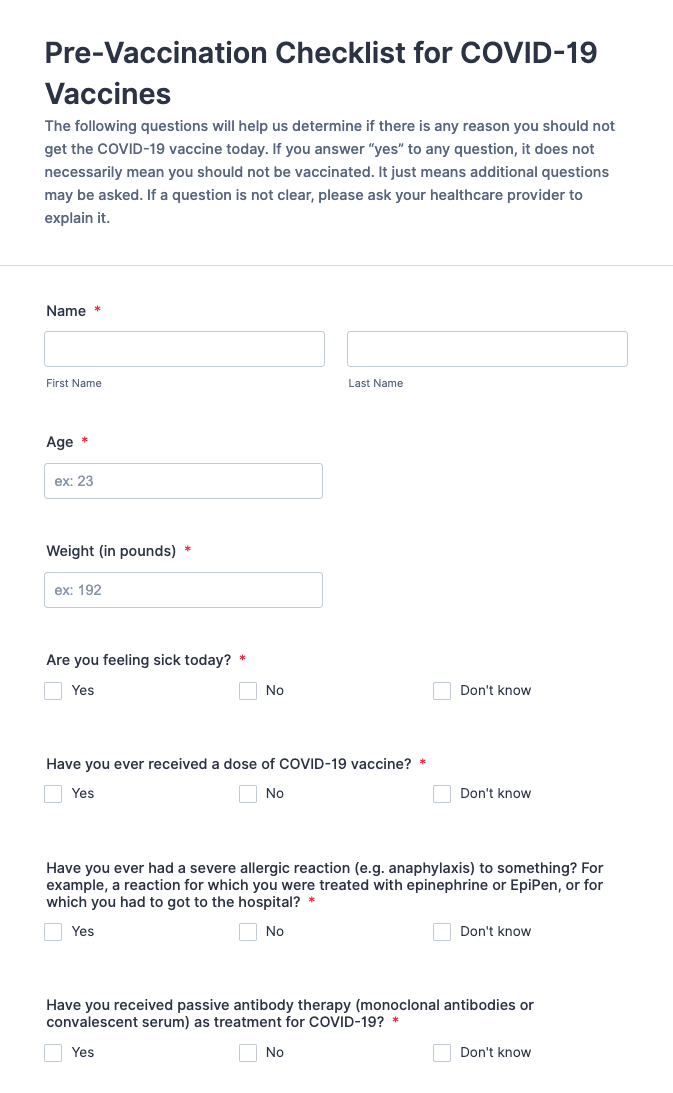
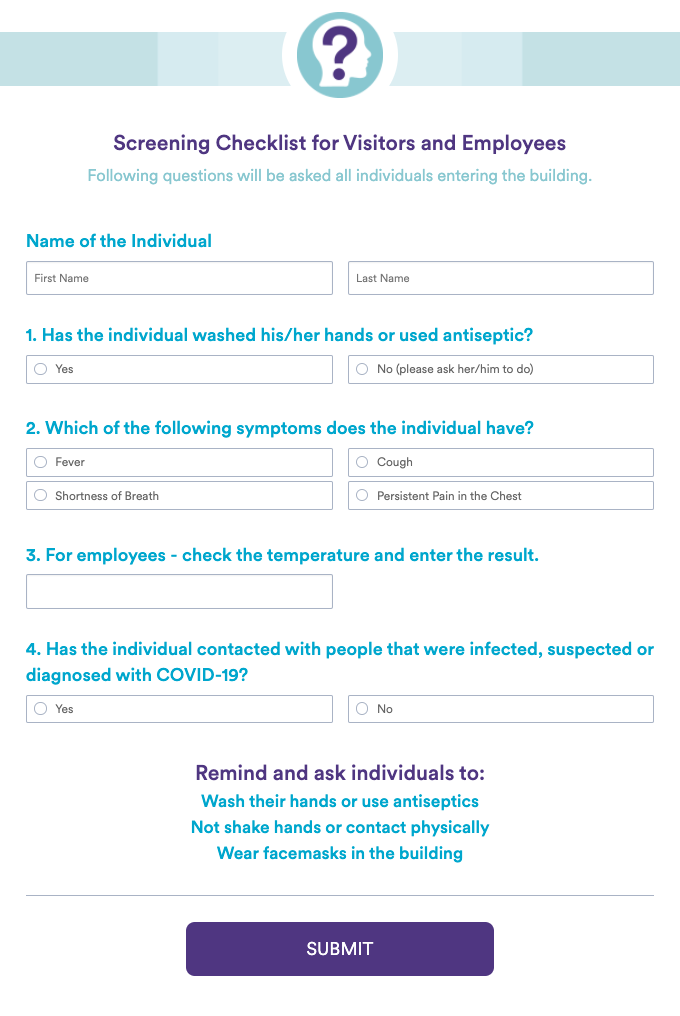

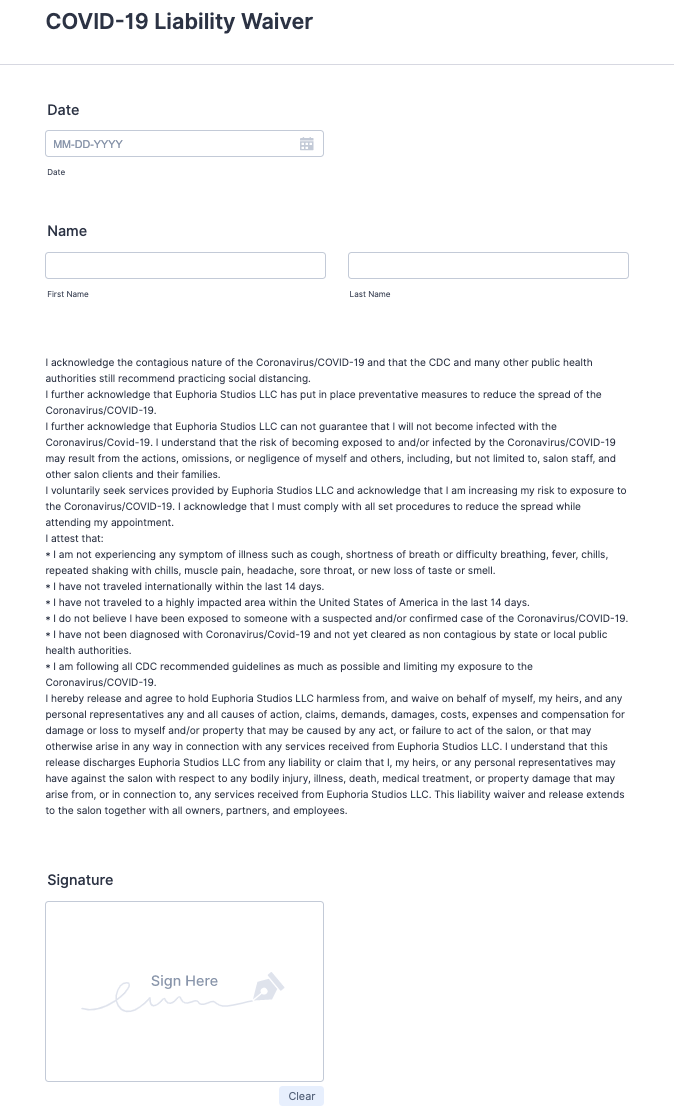
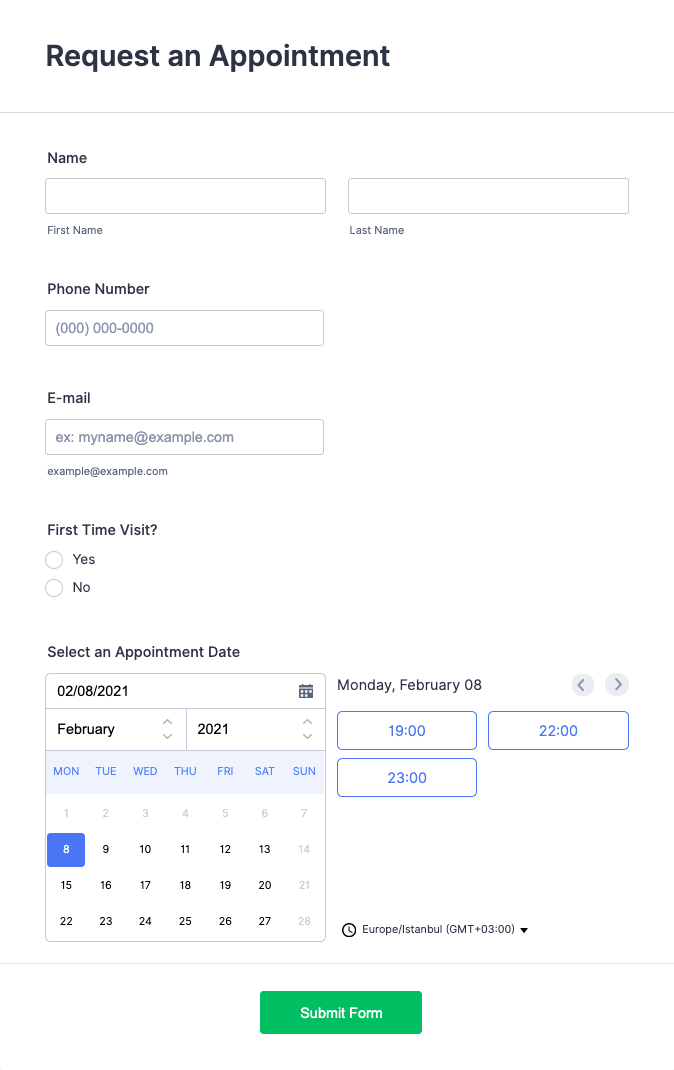
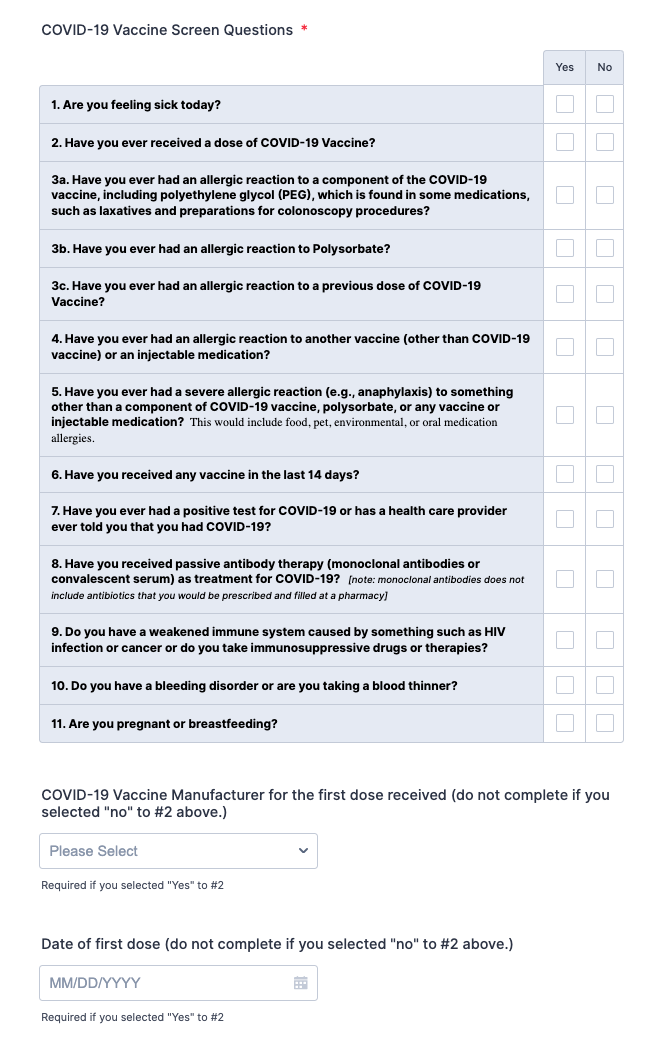






































































































Send Comment: